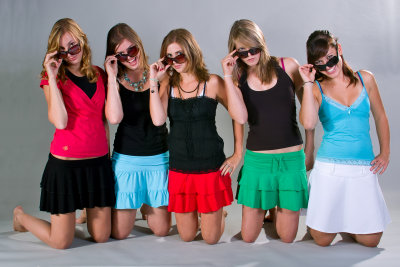Lincoln Castricone
Active member
I've had several Canon cameras converted to IR only with the 830nm filter applied directly to the sensor by MaxMax. These have been great IR to B&W cameras.
Dan Llewellyn at MaxMax says that he has not converted any as yet. Two issues he brought up are:
1. With the 830nm filter the Foveon sensor will be strictly a 15 mp sensor because the pixel sites will will receive only red light. 'Keep in mind, though, that a Bayer camera at 830nm is 99% a monochrome device.'
2. "The thickness of the glass changes the focal plane so you need to get the right thickness for focus to be correct. I would have to take one of the cameras apart and measure the ICF/AA."
Is the 15mp limit a problem in terms of IQ and/or print size? Any experience or thoughts about this conversion?
www.lincolncastricone.com/blog
Dan Llewellyn at MaxMax says that he has not converted any as yet. Two issues he brought up are:
1. With the 830nm filter the Foveon sensor will be strictly a 15 mp sensor because the pixel sites will will receive only red light. 'Keep in mind, though, that a Bayer camera at 830nm is 99% a monochrome device.'
2. "The thickness of the glass changes the focal plane so you need to get the right thickness for focus to be correct. I would have to take one of the cameras apart and measure the ICF/AA."
Is the 15mp limit a problem in terms of IQ and/or print size? Any experience or thoughts about this conversion?
www.lincolncastricone.com/blog



